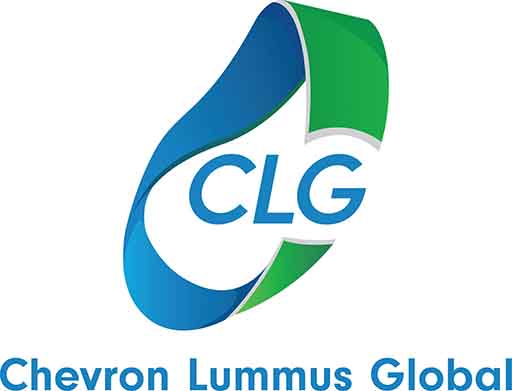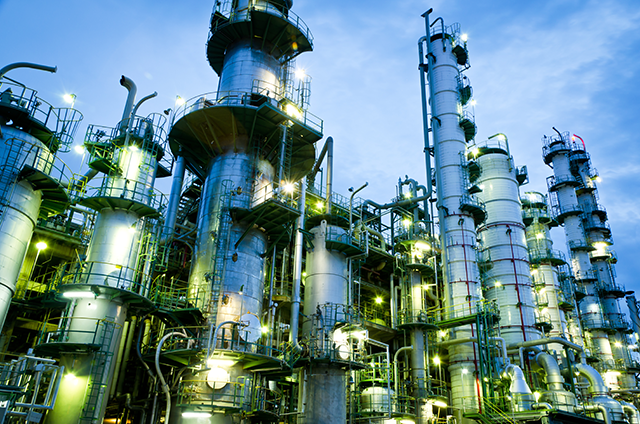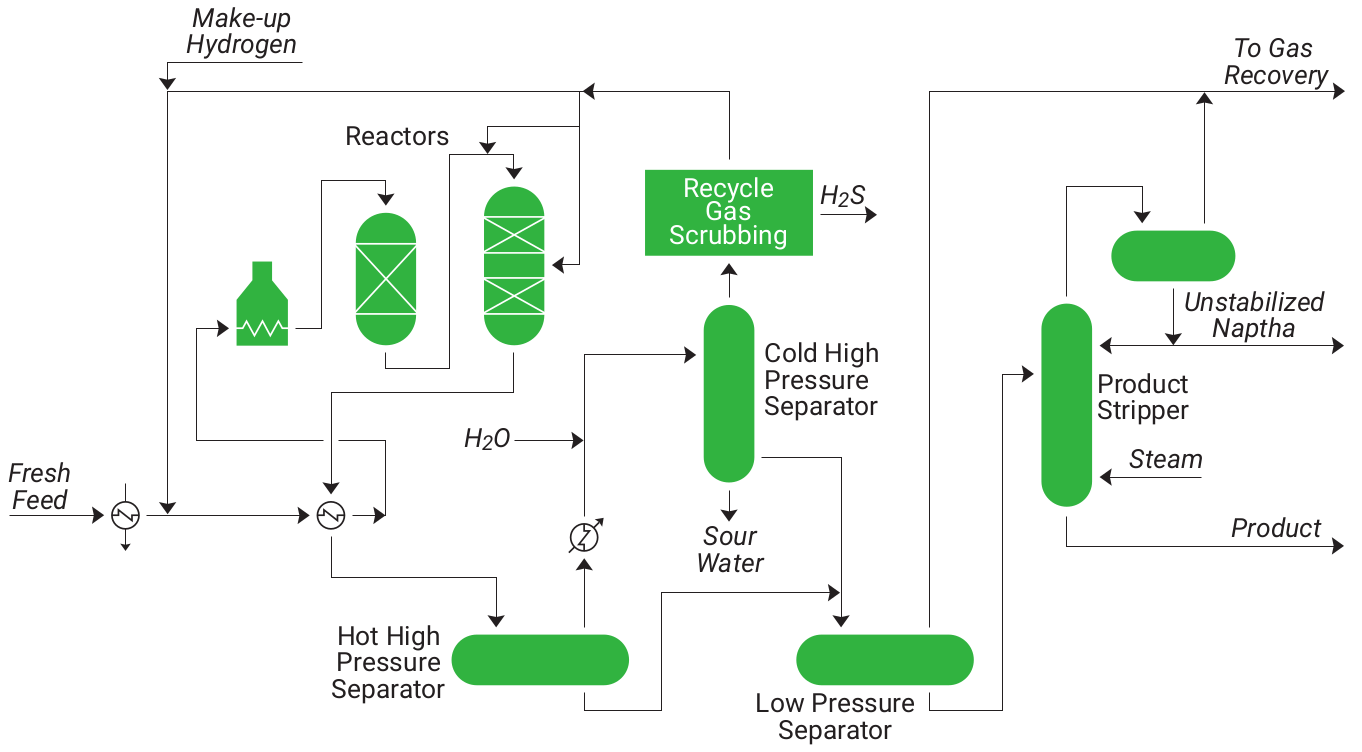Fixed-Bed De-Sulfurization of Atmospheric or Vacuum Resid (RDS/VRDS) are Technologies converting difficult Feeds into Higher-Value Products. These Hydrogen-Efficient Processes sufficiently saturate Products so that further Processing in Conversion Units is greatly enhanced, ultimately producing Lighter Products of higher value. For example, by pretreating Resid Fluid Catalytic Cracking (RFCC) Feed in a RDS/VRDS Reactor, Refiners have more flexibility to choose less expensive Crudes or process more Resid, while achieving higher Product yields and higher RFCC On-Stream performance. Adding an Upflow Reactor (UFR) either on a Grass Roots Project or as a Revamp enables Refiners to increase capacity or process Heavier Feeds with higher levels of Contaminant Metals. CLG offers two UFR Technologies that can be integrated into the typical RDS Reactor Train:[1]
- Onstream Catalyst Replacement (OCR)
- Upflow Reactor (UFR).
In OCR configuration, the Guard Reactor is an Ebullated Bed Reactor. The Feed is introduced at the Bottom of the Reactor and flows upward through the Catalyst, slightly (<3%) expanding the Catalyst Bed. Fresh Catalyst is added at the Top of the Bed and Spent Catalyst is withdrawn at the Bottom. Both Catalyst Addition and Withdrawal are Batch Operations, usually done once a week, and this creates a Plug Flow of Catalyst. Thus, the Least Active Catalyst is in contact with Most Reactive Feed at the Bottom of the Reactor. The Upward Flow of Feed in Reactor results in Liquid as the Continuous Phase. Hydrogen is needed only for Reaction and not for Ebullating the Bed. Pressure Drop in the Bed is low and constant. The Catalyst used is Spherical with high Hydrodemetallization (HDM) Activity, which allows for Downstream Fixed-Bed Reactors to operate at lower temperature. A Charge Heater controls the Feed Temperature. The Temperature inside the Reactor is controlled by Liquid Quenching through a Quench Distributor located at different elevations in the Reactor. The advantages of a Permutable or OCR Reactor System for Guard Reactor are:[2]
- Greater run length.
- Higher space velocities or increased unit throughput.
- Higher conversion of resid.
- Increased stream factor.
A UFR is an effective minimum-cost Revamping Alternative, which is similar in operation to the OCR Unit but without the Onstream Catalyst Replacement. Both UFR and OCR make excellent revamp options because they can be added with minimal additional burden to the high pressure loop.[1]
1. Chevron Lummus Global, 2021, RSD / VRDS / OCR / UFR Commercial Bulletin.
2. brewiki.org, 5 Oct 2022, Onstream Catalyst Replacement Reactor











